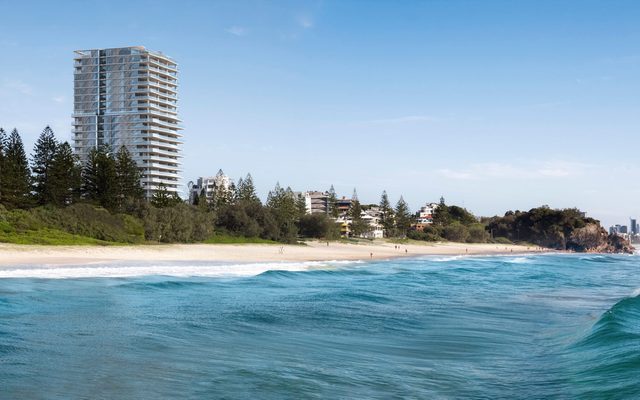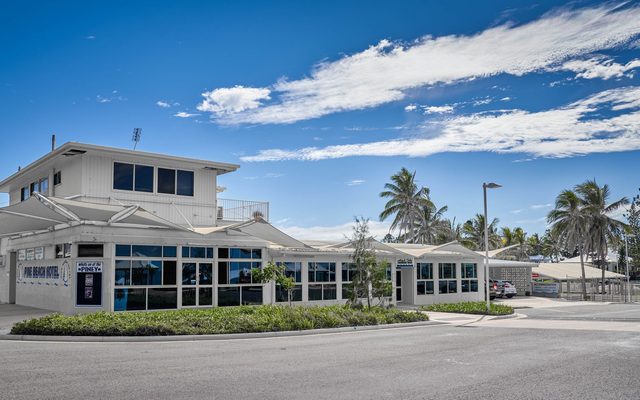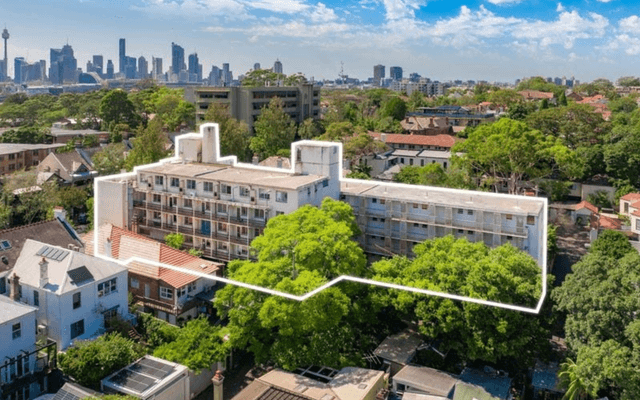This article is from the Australian Property Journal archive
AUSTRALIA is estimated to need 36,000 affordable social housing properties per annum, but was producing just 3,000 being each year prior to the onset of COVID.
According to a new study by AHURI, in order to even near the amount of social housing Australia desperately needs, a “hybridity” housing system must be established.
Such a model would see social and affordable housing increasingly financed, developed and managed by a combination of government, community-based and market providers and cross-sector partnerships.
Both established and emerging affordable housing product types currently at play in the market could be better supported through collaboration between private not-for-profit and for-profit partners.
This could be through public private partnerships, mixed tenure developments, tax subsidies for affordable supply, home ownership schemes, build to rent and inclusionary planning mechanisms.
All of which are appropriated for a diverse range of development contexts and are reliant on different combinations of government subsidy, policy settings, and regulation.
According to analysis by Duncan Rouch, a researcher affiliated with the Victorian Greens’ housing and homelessness working group, there are approximately 119,350 people on multiyear waitlist for social housing, and that is a conservative estimate.
Recently the Productivity Commission’s landmark review of the National Housing and Homelessness Agreement (NHHA) called for changes to help more low‑income households in the private rental market and reduce the number of people who experience homelessness or need social housing.
Some of the key changes include state and territory governments committing to firm targets for new housing supply; billions of dollars used for direct housing assistance to be put towards those who meet it most to avoid homelessness; and social housing.
The federal government is also in talks with superannuation funds to invest in social housing. A Housing For All Australians (HAA) report, Give Me Shelter, found that the national average benefit-cost ratio (BCR) for Australia in providing adequate social and affordable housing infrastructure is 2:1. In other words, for every $1 invested to drive the delivery of public, social and affordable housing, the Australian community saves $2 in future costs. This rate of return is comparable to, or better than, those achieved in many other major investments in infrastructure including Melbourne Metro (1.5:1) and the M12 Motorway Sydney.
HAA is not-for-profit dedicated to encouraging private-sector investment in affordable and social housing run by property executive Rob Pradolin.
The government’s $10 billion Housing Australia Future Fund aims to deliver 30,000 social housing properties over its first five years. Among those would be 4,000 for new social housing homes for women and children experiencing domestic and family violence and older women on low incomes, and 10,000 affordable homes for frontline workers.
Former Stockland CEO Mark Steinert warned that if nothing changes, the health, education, productivity and crime costs borne by the community as a result of this unmet housing need is estimated to reach $25 billion per year.
Meanwhile PRD chief economist Diaswati Mardiasmo said the Brisbane 2032 Olympic Games presents an opportunity to create a lasting social housing legacy. Mardiasmo said the issue with the Olympics and other international games is that a lack of planning and management can lead to an underutilisation of new supply, as seen in the Rio and Athens Olympic Games. There were 3,341 apartments abandoned in Rio and just 259 apartments sold.
The Urbis and Q Shelter analysis also showed the Rio Games in 2016 saw 250,000 people directly or indirectly forced out of their homes, over two million people made way for the Seoul and Beijing Games, while 6,000 public housing residents were relocated in the lead-up to the Atlanta Games and a further 24,000 were displaced through gentrification. According to Urbis and Q Shelter, large-scale events like the Olympic and Paralympic Games will cause displacement of existing populations without early interventions to prevent rising rental costs and ensure adequate housing supply. Brisbane is heading for a peak shortfall of 5,000 dwellings in 2027-28, according to the National Housing Finance and Investment corporation. There is currently a 16,760 social housing waitlist for south east Queensland.
While the Real Estate Institute of Australia (REIA) referred to the observations of government assistance needed in the social housing sector as “obvious”, REIA president Hayden Groves remarked that the private rental market will remain crucial.
“Whilst this will assist in addressing an acute problem, the private rental market is predominantly mum and dad investors supplementing their superannuation savings and they will remain an integral part of the rental market moving forward,” said Groves.
“Australian real estate agencies – family owned and operated small business – manage a combined property management portfolio worth $3 trillion and manage $78 billion in rents each year.”
Groves argues that this component of the housing sector also needs support through negative gearing as interest rates rise and not rent freezes or further land taxes.
While Groves also believes that an insufficient supply of housing being delivered across the country.
“We support a national plan that will address housing affordability that benefits all key stakeholders and helps Australians into homes,” concluded Groves.




